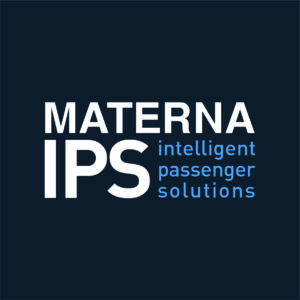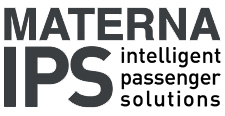Living in a globalized world we got used to exchanging innovations and ideas while constantly challenging and learning from each other. Traveling allows people from all around the world to come together and connect face-to-face.
The outbreak of COVID-19 last year did not only put a sudden hold on these interactive practices but also forced airports and airlines to make significant changes to regain passenger’s trust during the pandemic. Reducing the touchpoints of airport staff and passengers while maintaining strict security standards combined with new hygiene concepts has presented the aviation industry with a difficult challenge. But the difficult situation also paved the way for new innovations and helped see how well established technologies can be used in a new light.
Self-service on the rise
Self-service solutions that allow automated passenger handling have been on the market for decades but these days they are in high demand. Check-in kiosks and self bag drop units reform the passenger’s journey and can help reducing waiting times during all time peaks. Nowadays the solutions provide added benefit to the aviation industry in various ways by offering ways to significantly minimize the need for close contact between service agents and passengers.
In addition, technologies such as biometrics that were first introduced to cope with rising passenger numbers now show their strength in minimizing social interaction. Passengers can identify themselves within seconds at all passenger touchpoints depending on the airports and airlines requirements, no physical interaction needed.
On top of that, the industry developed brand new technologies that promise to help minimize infections while air travelling. Airlines and airports can choose between different options to make their self-service touchpoints completely contactless. While some solutions offer a simple replica of the screen by scanning a QR-code on the display resulting in a way to operate the kiosk via smartphone, others go even further. Extended versions of this touchless technology allow passengers to use their own mobile devices to not only to control the self-service kiosk but also use it to scan their bag tags. Since some retrofit SBD solutions rely on passenger interaction for manual bag tag scanning, this touchpoint is eliminated by turning the passenger’s smartphone into a bag tag scanner. All of these adjustments can be made without making any significant changes to the passenger process.
For a safe travel journey, now and always
These examples show that airports and airlines went above and beyond to make travel safe again and regain their passenger’s trust. COVID-19 hit the entire world completely unprepared and we were able to witness immense achievements in various fields such as medicine, science and more. The aviation industry was forced to actively seek out ways to ensure that passengers can enjoy a safe journey without having to be afraid of getting infected or accidentally infecting others in the process.
Materna IPS is proud to be able to help and work with the airlines and airports to realize their wishes for the future of aviation and air travel. Features such as Touchless.Connect prove how simple means can be used to respond to changing conditions and continue to make familiar systems accessible.




